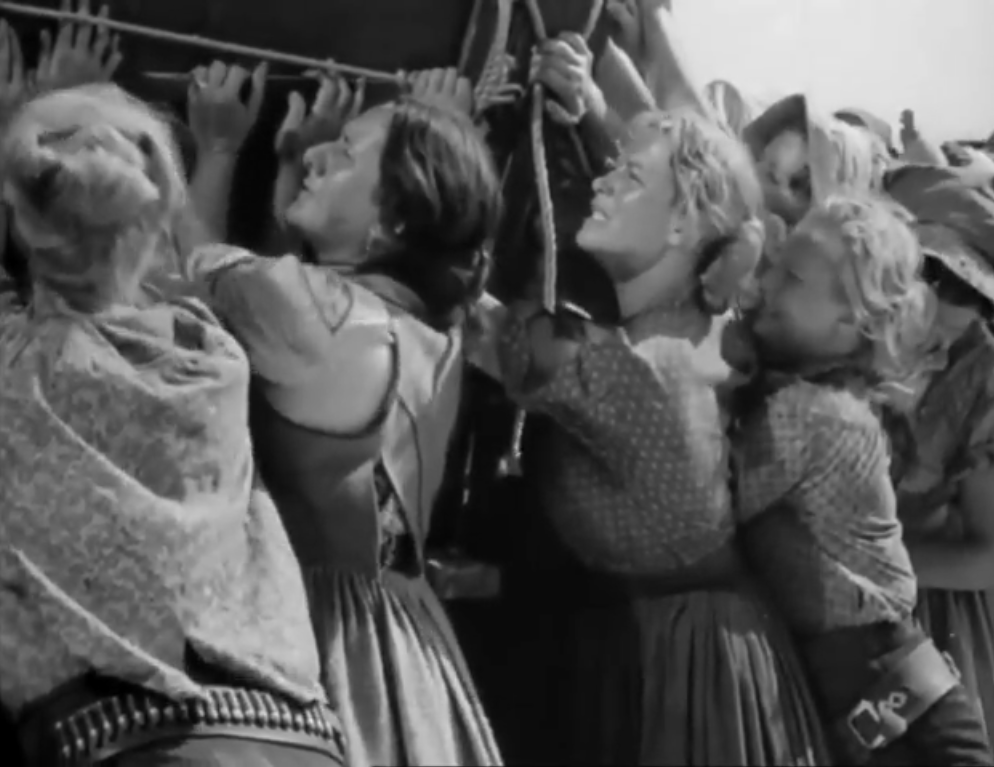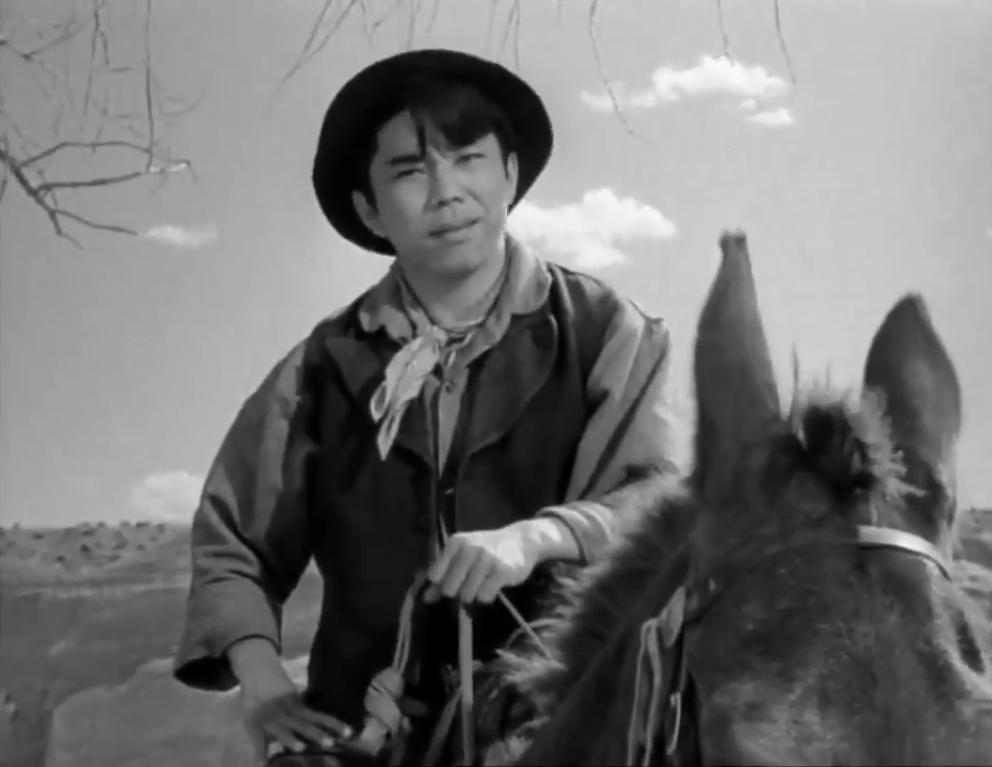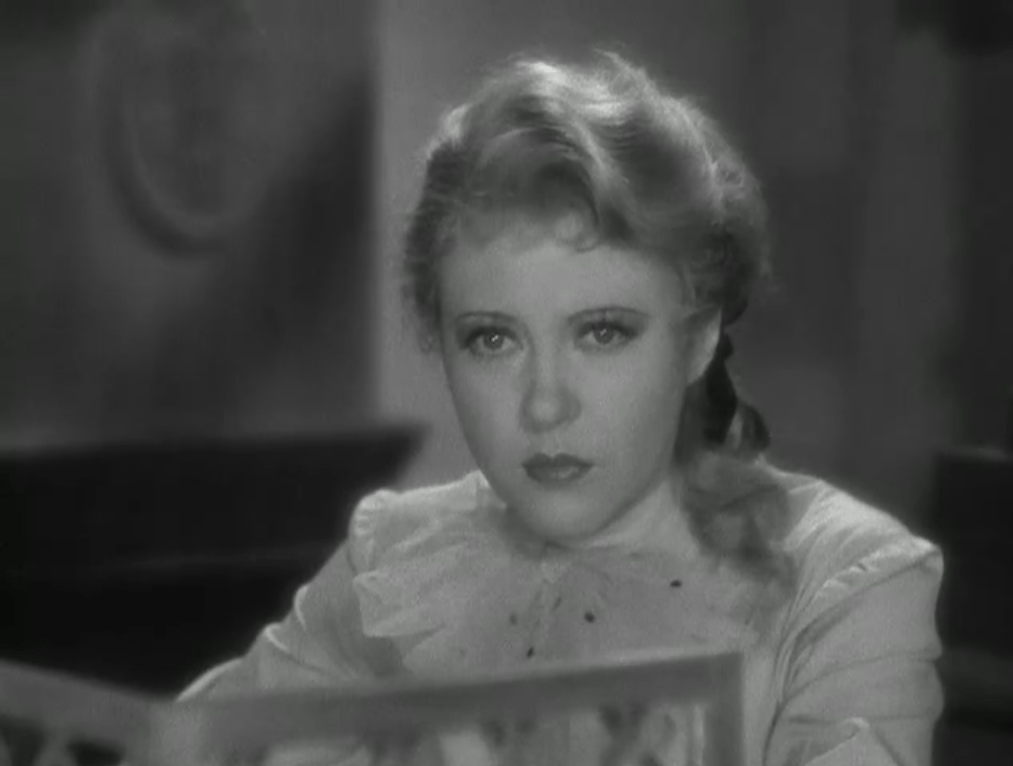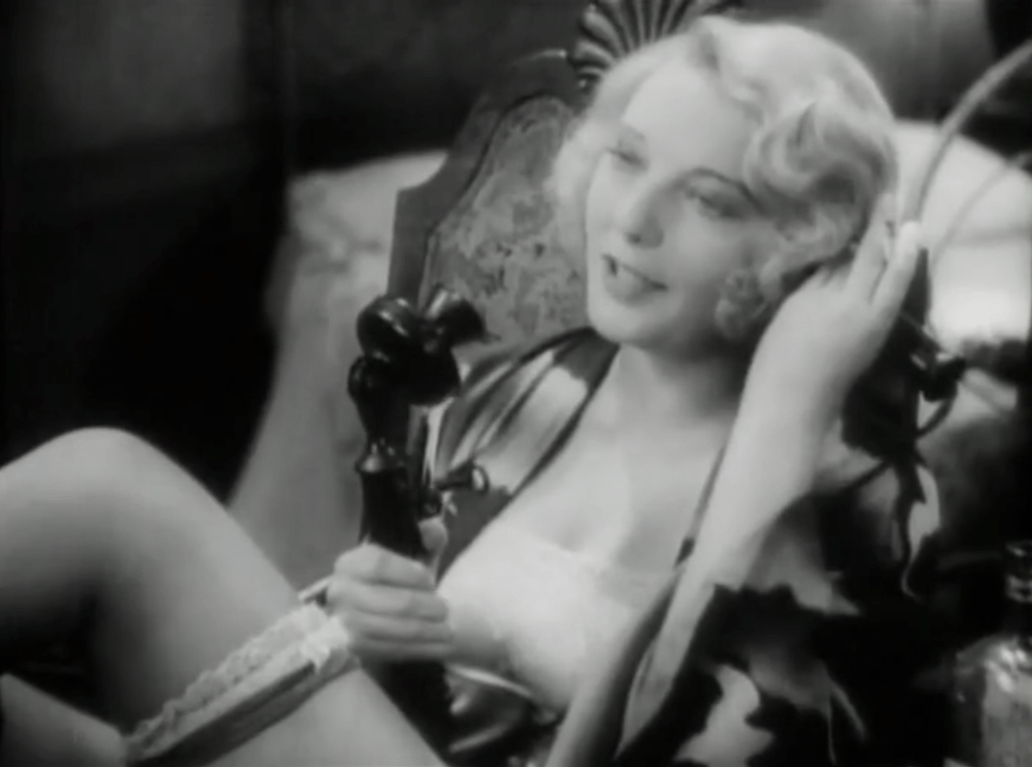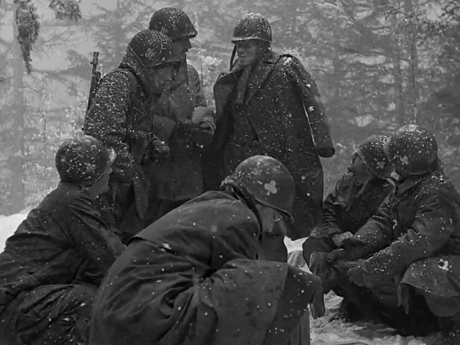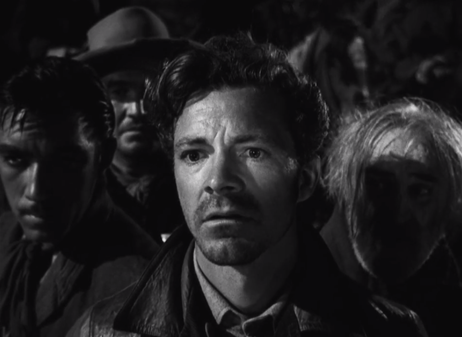A Star is Born is a Hollywood archetype and it’s a prevalent one at that. Why else would we have so many remakes — one as recently as 2018 — because the Hollywood success story is something that captivates us all. If we haven’t ever dreamed of being in the movies, then we’ve at least been taken with their magic. I never was in a hurry to watch any of the adaptations, probably because there was a sense I already knew them.
One of the shards of inspiration that gave me a greater interest in this story had to be the early relationship between Barbara Stanwyck and Frank Fay. For those unfamiliar, Fay was the father of modern standup comics on the vaudeville circuit and was also wildly popular in his day. Stanwyck married him when she was still an up-and-comer, but soon her blooming talent outpaced his as they headed in opposite directions.
Although there’s something inherently tragic in this trajectory — perfect for a moving cinematic drama — it should be noted that fact wasn’t completely aligned with fiction. Because Fay was also an abusive alcoholic with a mercurial temper and fascist tendencies. If he didn’t exactly deserve his destitution in later years, then Fay wasn’t doing himself any favors. Some people are lost to time for good reason.
William A. Wellman doesn’t immediately pop out as being a splendid match for the material but you could easily suggest this is a Selznick picture first and foremost as he showcases the latest Technicolor processes still being optimized in preparation for Gone with the Wind only a couple years later.
As alluded to already, the picture is pregnant with the prototypical Hollywood fairy tale. Esther Blodgett is bitten by the Hollywood bug like many an impressionable young woman. It’s rather curious seeing Janet Gaynor in the part since she is a talent held over from Hollywood’s earliest days. I’m thinking of the likes of Sunrise and Seventh Heaven, but there’s also something apropos in this. Gaynor is such a sweet incandescent face and hearing her talk in the pictures makes her even more endearing. She’s robed in sweetness. We want her to succeed.
In this way, we share the sentiments of her grandmother (May Robson), who reminds her of the differences between dreaming and doing, given her own upbringing as a pioneer. Going out west is a new frontier — a new wilderness to be conquered and many folks have been trying to cow it ever since. Screen acting feels positively twee compared to the furies of the pioneers, but the feeling remains true.
Hollywood is introduced with the musical motif “California Here We Come” and the visuals are just as important: namely, Grauman Chinese. The footprints of Jean Harlow, Joe E. Brown, Harold Lloyd, Shirley Temple, and Eddie Cantor all canonized out front for the doting public. For now, Esther is one of them though she aspires to something more. For now, she is content following their footsteps and walking on the same hallowed ground where they tread. The chances are 1 in 100,000, but she’s the kind of idealistic girl not listening to her family, not listening to industry naysayers, and believing she is the one.
Maybe she could be like the great Norman Maine (Frederic March); she spots him one evening out with her newfound beau (Andy Devine), and the acclaimed star is soused and belligerent at the Hollywood Bowl. The initial impression of the world is that there’s a spareness to it. In her boarding house, you never see any other tenants, only the skeptical desk clerk (Edgar Kennedy); this isn’t Stage Door, and when she gets a gig as a waitress for the Hollywood Elite, the party feels relaxed, hardly bustling as one might imagine.
Eventually, the break does come. She meets Maine at the very same party. She strikes up a relationship. Not in an opportunistic way. She never loses her sincerity, and she gets a screen test. In the aftermath, Esther is reimagined as Vicky Lester.
The preview screening forecasts her as the next big talent, and for Maine, the writing is already on the wall. A star is born before our eyes and Norman is on the way out. Her ascension as media darling continues as he continues to slide into has-been territory.
Lionel Stander is their PR man bloated with every colossal idea in the book from padding starlets’ backstories, writing big news spreads about their private lives, and making a big to-do so everyone and their mother knows about them. It’s all Maine and Lester can do to keep him out of their business so they can live their personal life in peace, together.
For a time they are happy. Her talents continue to proliferate until the day that she takes home the Academy Award, but it’s too late. Norman is already finished. It’s sad really as he’s stashed away in a sanitarium to steady himself and beat his drinking habit. The industry has a convenient habit of burying those things it doesn’t want anymore.
When he comes out of rehabilitation, he’s at Santa Anita drinking ginger ale and walking around like a stale star of yesteryear. Not a smidgeon of respect from anyone. His old publicity man Libby gets ugly, exhibiting a great amount of relish dressing down the former heavyweight. He’s not simply dismissive. He’s incisive and cruel (even if Maine did bring most of it upon himself).
One of the few times it feels crowded is at the racetrack now that he’s a walking social pariah. It’s a pointed bit of staging as crowds all but materialize to emphasize his public ignominy. The irony isn’t lost on us because the biggest crowd he’ll draw comes only when he’s gone for good.
Personally, I’m partial to the comic proclivities of What Price Hollywood? but there’s something quintessential and iconic about this narrative even as it was remade countless times and was a loose reworking itself. It speaks to all the dreams and devastations of the Hollywood industry, highlighting them in all their complexities, while still managing to revel in them, in part, due to the coloring of the world. There’s something beautiful about this picture totally overwhelming any of the ugliness.
When we talk about beauty it’s not simply about a palette or elegance; this has to do with people and themes. Janet Gaynor for one and her love played out on the screen for her husband. It’s a continual reminder that the Hollywood mythos was not a new phenomenon and the industry was very well aware of the aura and the narrative it was projecting. It’s movies like A Star is Born putting Hollywood in dialogue with itself. Over 80 years later and we’re still engaging in much the same dialogue.
Although George Cukor may have passed on directing A Star is Born after having done What Price Hollywood?, there is something fitting in him taking the reins on Judy Garland’s musical version in 1954. It’s like the story continually reinvents itself for ensuing generations. Because if All About Eve feels more like our jaded reality, I think all of us want to believe in our heart of hearts that we can be that one star shining brightly. Then, we must ask, what star must die to make way for us?
4/5 Stars


